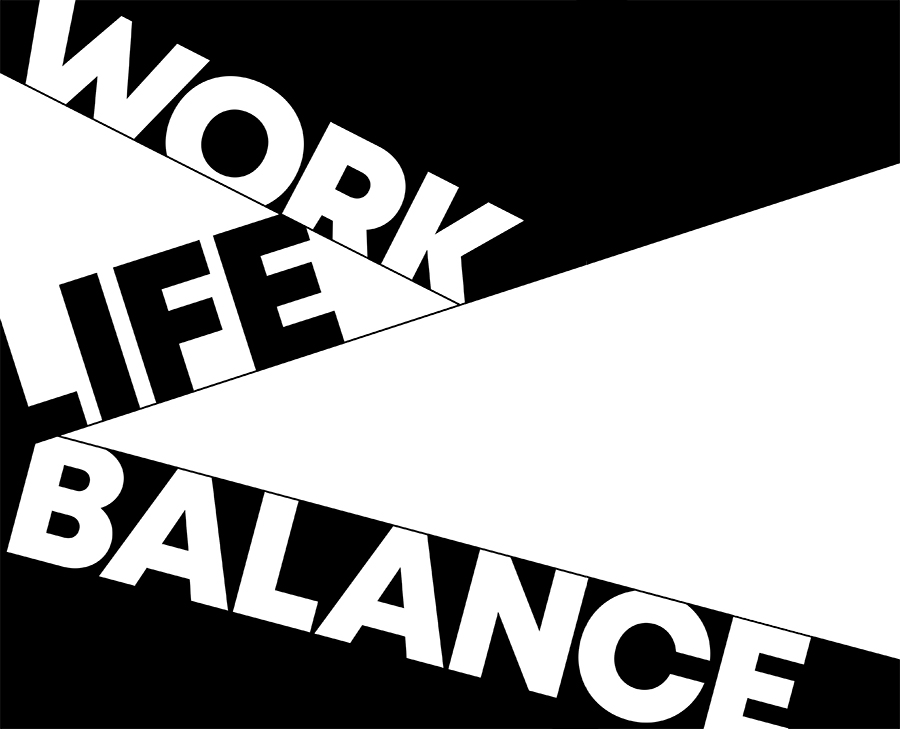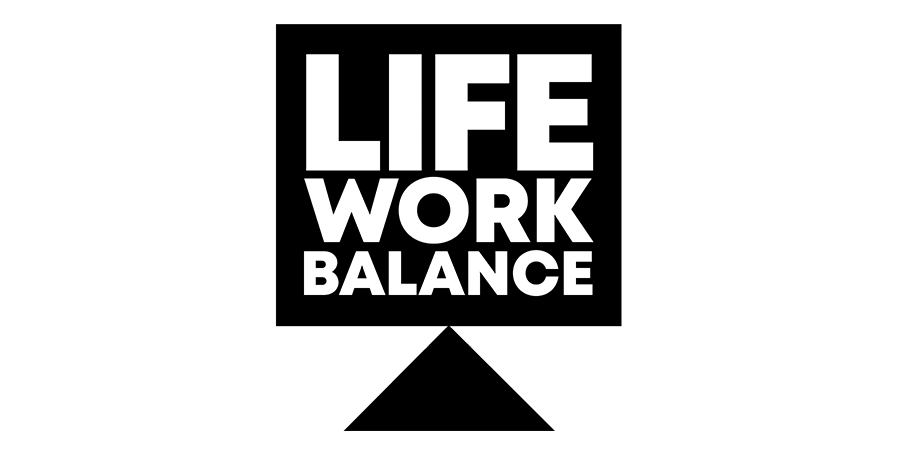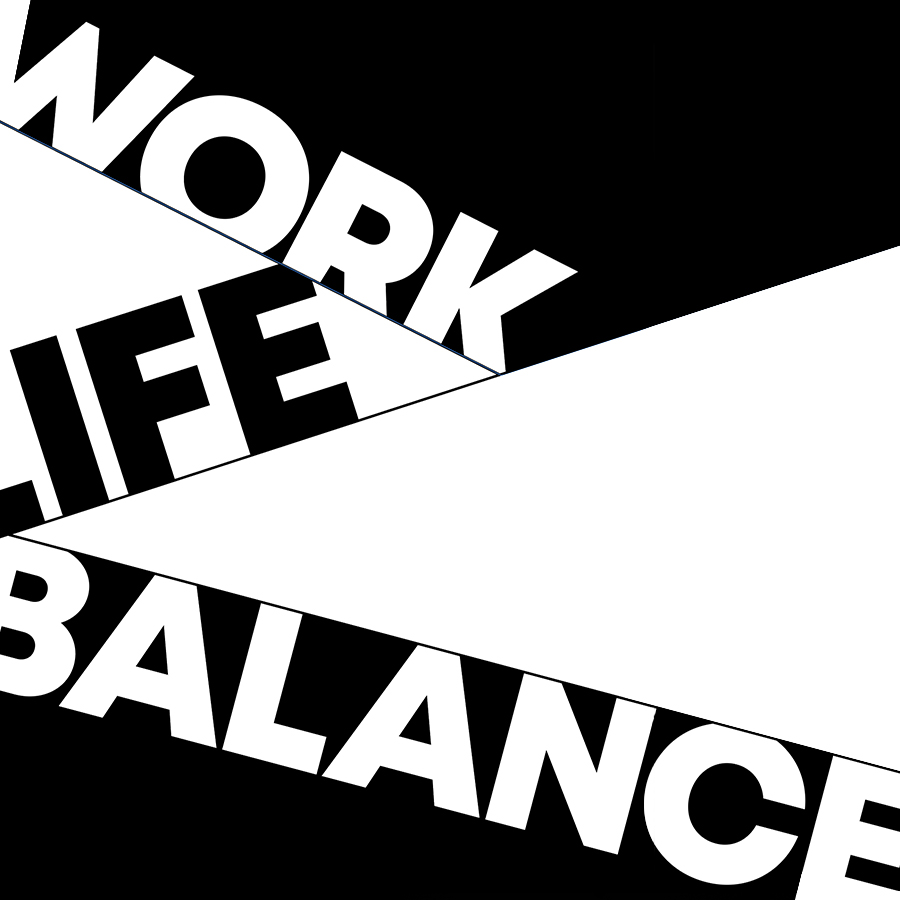Let’s try the other way around.

It seems that work is having a moment. And while it’s true that nobody saw it coming, it’s brought to you by computers (technology), the internet (technology), the digital age (technology), and of all things, a global pandemic that exiled us to spare bedrooms (with all that technology), allowing us to conclude that as far as work is concerned, we’d really rather stay home.
And that’s sort of a big deal if you think about it. We stopped doing the things we’ve been doing for decades: alarm, coffee, shower, shave, breakfast, get dressed, start the car, fire up the podcast, spend an hour in traffic, show our three-dimensional faces at our three-dimensional jobs, then do it all in reverse eight hours later. With perhaps an additional cocktail. Or two.
Instead, we’ve made ourselves quasi-presentable above the waist, parked in a semi-private corner of the house, and done the same jobs we’ve always done but in a completely different way. Sure, Zoom in our pajama bottoms felt odd at first, but we got used to our pajama bottoms. So much so that after a year or two when the true danger passed and our employers finally, wearily, called us back to the office, many of us said — Wait, what? Why?
Which is actually a good question to ask. Why?
We need to work, but when work can just as easily come to us, do we need to go to work?
According to a 2020 study, 44% of companies worldwide said Oh, hell yes, and offered no remote work at all. That number’s probably dropped since then, but still for many CEOs, remote work, flex work, telework is at best a work in progress.
Even Google, which wrote the book on employee engagement, didn’t exactly get out
of the blocks when they called their 165K workers back to the mothership in April. According to Fortune 500, things did not go swimmingly, “Some schlepped back for the first time in two years only to find themselves without a desk. Even the return date came with a string of misfires.”
From management’s POV, the most common reason cited for not allowing flex work is Company Culture, for which many companies have made quite an investment. How does one display exemplary company culture if nobody shows up at HQ? Famous quote from late 1990s business poohbah Peter Drucker: Culture eats strategy for lunch! The idea being that once you discover the holy grail of company culture, your operation becomes a hive of shiny, happy worker bees in logo polos humming along like Santa’s elves minus Herbie.
How is it that so many companies try to achieve company culture, but so few rarely do? The lesson may lie in real organic culture, the petri dish kind. It grows from the bottom, forming slowly, building on itself, finally, naturally becoming what it’s meant to be. The truth of most corporate culture is that it’s applied, usually from the top. Memo: To all employees. Please follow the stated guidelines associated with thinking and feeling and if we participate, we’ll have excellent company culture!
Which is a noble team-building idea in theory except the company is essentially asking all of its employees to rally around one idea and be in emotional lock step, leaving very little room for nuance or interpretation or any of the fantastic things that make us all unique human beings. For less sheep-like employees, it means either not buying in to the proposed cultural decree and getting tagged for it accordingly or complying by hiding glazed-over eyeballs during awkward team-building events. Which, according to studies, most employees do.
Indeed, the ADP Leadership institute published a global survey looking under the hood of employee engagement, and what it discovered was that “corporate values had a very limited impact on employee experience.” It seems what really adrenalizes employees is to be managed well and have collegiality in the immediate group with which they work.
Which, in the most basic way, makes perfect sense. If an employee genuinely likes her boss and the team of workers with whom she most associates, chances are what we have here is a happy employee. If you have a company full of happy employees, geographically centric or not, then chances are you’ve got a culture that you can be proud of.
What lies beneath that layer of happiness is probably the most important strand of cultural DNA — trust. If your manager trusts you, you carry the weight of her expectations more easily. If you are trusted by your co-workers, you’ve earned their respect and feel viable in their company. Which leads to synchronicity and efficiencies, and smart teams which in turn make the whole organization run more smoothly. And while building trust is no easy task, it perhaps should be a higher priority for management than is found in most companies.
Which brings us to another objection that management often has about remote work: If I can’t stop by their office to check in, how do I know my workers are really working? Can you, as a manager, actually trust your employees? And here’s a good corollary for those same
employees: You’ve been granted a heretofore unheard-of-in-work-history amount of freedom. Can you be trusted?
Like the culture in the petri dish, the big fat caveat for any potential flex work arrangement is that it takes time to become its natural self. Employees will need their work area dialed in for office-like efficiency, and time to find their rhythm. They’ll require a full understanding of what’s expected of them including work product, deadlines and KPIs — and management has to be crystal clear on communicating those expectations, even more so than before.
Calendar coordination takes on a whole new level of importance. Employees must now schedule at-home distractions like child care and school pick-up while ensuring management that just because they can’t stop by your office for a sidebar, it doesn’t mean you’re parked on the couch watching Netflix. Employers have to trust flex workers to responsibly choose their non-9-5 hours. Employees have to ensure they’re allowing themselves plenty of time — not just to get their work done, but to remain engaged and collegial.
They’ll also have to trust that because they’re teleworking from home that they’re not falling prey to “proximity bias” -— a relatively new phenomenon where their in-office colleagues benefit from greater time spent around company leadership, providing them greater advancement opportunities just for showing up five days a week. In other words, if you really want to climb the company ladder, do you have to be in the company office to do it? And what about your colleagues? Do you trust them not to take advantage of your absence? Do you trust your boss to clearly see your value, even if you’re working remotely?
Pretty clear that in the New Work Order, trust cuts both ways.
To overcome that bias, management should be very intentional about including remote workers in all office activities to make sure that out of sight doesn’t mean out of mind. Virtual happy hours and water cooler events are really helpful as long as they’re scheduled well in advance so flex workers can plan accordingly.
Indeed, research has shown that for successful remote work companies, beyond virtual social events, there are common practices that contribute. Employers who take the time to put together information, remote work protocols and need-to-knows in a handbook for remote employees cuts down on confusion and the fear of asking questions that may appear out of touch. Another successful practice is for companies to pair their flex workers with in-office colleagues from other sectors of the company, which encourages open and honest conversations that won’t damage their own team chemistry. Designating the kinds of meetings that are appropriate for in-office v. remote work, is helpful as well. If a team needs to spitball new ideas or concepts, it’s probably better done in a room together, so on that day, everyone needs to come in. If it’s a large meeting to schedule a series of upcoming marketing initiatives, it’s just as easily done virtually.
An interesting trend that’s developed lately is that workers from smaller and midsize cities are apparently going back to the office in greater numbers than those in larger cities. This dynamic was parsed from one of many analytic studies that this seismic disruption in how we work has spawned.
Some interesting numbers from others:
4% of high-paying jobs were remote before the pandemic. Today, more than 15%.
16% of companies in the world are 100% remote.
81.5% of workers feel more empowered to hold their leaders accountable for a better workplace in 2022.
56% said they would only wait 30 to 60 days for employers to make needed flex work changes before they consider leaving.
74% say that a remote work option would make them less likely to leave a company.
Another 74% said after the pandemic, working from home is better for their mental health.
85% of managers believe that teams with remote workers will become the new norm.
90% of full-time remote workers said they were more productive working remotely.
If hard cold percentages aren’t enough evidence to prove that the American workers are kinda done with work as they’ve always known it, here’s one more data set: According to the U.S. Bureau of Labor Statistics between April and September 2021, more than 24 million American workers quit their jobs. No other jobs awaiting, they just clicked their heels and summarily disappeared from the American workforce. The Great Resignation, as it’s come to be known, happened for a reason, which we might suspect comes from decades of trying hard and failing miserably to bring work/life balance into actual balance. And from all we’ve seen, it’s very possible that today’s workers are flipping the script. They’ve realized that what they actually want, what they’re damn near demanding is — life/work balance.
Unless your last name is Scrooge, you probably don’t want to live to work. And working to live has been the persistent quotidian anchor around our collective necks that’s led to our current moment. So finally, here comes technology (with an assist from a pandemic) doing what it’s always done — allowing, encouraging and, yes, insisting that we continue to evolve.
Technology is the absolute product of our great human brain, after all, so how do we expect it to create new opportunities that make our lives better, and then choose to ignore them? Change is always hard, but change also creates new exciting paths that can lead us all to better, happier, more productive lives. We sleep eight hours a day, we work eight hours a day — and the most important part, the alert, alive, waking time we spend with family and friends, yeah, that’s eight hours a day, too. But isn’t it worth more than that? Isn’t it worth more than just a third? For most workers, the answer seems to be a resounding, oh hell yes! And if both sides of the employer/employee dynamic are a little more intentional and mindful, allowing plenty of room for patience and trust, then life/work balance may finally have its
moment, too.
—Rudy Gaines


